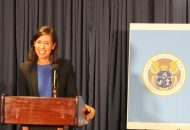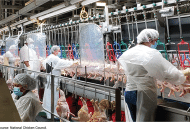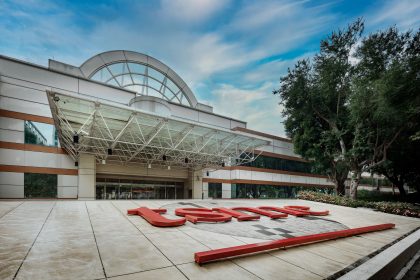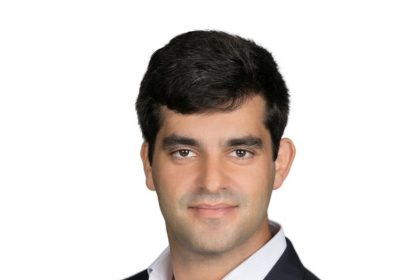Silicon Valley-Based Firm Launches ‘Radar as a Service’
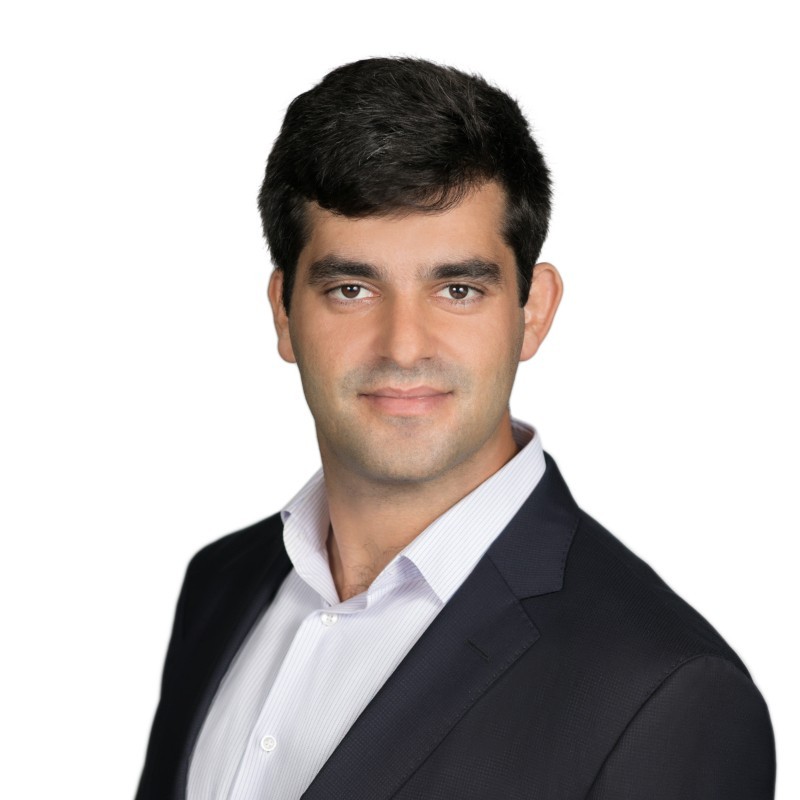
BELMONT, Calif. — At first the idea sounds about as un-Silicon Valley as one can get.
After all, the basic concept underlying radar was proven in 1886, when a German physicist named Heinrich Hertz showed that radio waves could be reflected from solid objects.
And the concept became a tangible thing in 1935, when an Air Ministry team led by Robert Watson-Watt in Great Britain proved it could be used to detect approaching aircraft.
That was not an inconsiderable thing in the British Isles in the years leading up to World War II, but it certainly falls short in terms of currency when one thinks of the Googles and Facebooks and Apples of the world.
Fast forward to 2007. That was the year the journalists Kara Swisher and Walt Mossberg interviewed Steve Jobs and Bill Gates together at the fifth All Things D Conference — the only joint appearance ever by the two rivals and technology giants.
Asked a question about the future of innovation, Jobs summed up his vision — and that of seemingly generations of Silicon Valley entrepreneurs — in two lines.
“I want ‘Star Trek,’” Jobs said. “Just give me ‘Star Trek.’”
Color us skeptical, but radar simply didn’t seem to make that grade.
That is until we happened to meet Dmitry Turbiner, a former engineer at NASA’s Jet Propulsion Laboratory who is now CEO of General Radar.
“We’re really kind of the quintessential Silicon Valley startup,” Turbiner said with a smile when it was suggested radar seemed out of sync with a community that continues to transform society at a clip surpassing even Moore’s law.
“Silicon Valley definitely is a cradle of innovation,” he said. “It’s such a melting pot of really, really smart people.
“And I think it’s an amazing place to come up with a concept, get together with some brilliant folks, secure financing and get started,” Turbiner said.
“Think of it this way,” he offered. “We were doing defense before it was fashionable to do defense in Silicon Valley.
“You know how SpaceX is the commercial equivalent of NASA? Well, we’re that, but in the realm of larger space radars.”
Turbiner’s innovative approach to radar facilitates federal data acquisition, without his clients having to purchase the technology.
In a sense he’s taken the “data as a service” business model, in which data is made available on demand and regardless of the consumer’s location or infrastructure, and morphed it into “radar as a service” to detect aerial threats.
“Traditional ground-based radar often takes as much as a decade to source, procure and deploy in the field,” Turbiner said.
“Today, however, the demand for highly accurate, long-range radars has increased dramatically due to the proliferation of a new class of civilian and military threats ranging from bomb-carrying drones to spy balloons to hypersonic missiles,” he continued.
“There are hundreds, probably thousands of radars needed to monitor and identify these threats. So now it’s a question of scale and numbers,” he said.
“Because we can manufacture and deploy this technology in an accelerated way, we think radar-as-a-service is a perfect solution to meet this demand,” he added.
Turbiner quickly pointed out that there’s no longer any need to require customers to own and operate difficult-to-operate machine hardware.
“Fundamentally what the customer needs is the data, so why saddle them with the responsibility and cost of owning these expensive, complex systems?” he said. “SpaceX, to go back to my earlier analogy, doesn’t charge you for the rocket, it charges you to launch a payload. It’s a service contract.
“The same can be done for so many, so many capabilities. And we’re doing it through our radar-as-a-service concept,” he said.
As Turbiner spoke, General Radar was in the process of setting up what he described as “a big production facility” in the Dallas/Fort Worth area in Texas, and a second operation in Boston, Massachusetts.
“Also a great place for talent and innovation,” he said.
General Radar’s long-range and high-resolution radar arrays rely on thousands of small radiating antenna elements that electronically scan the entire sky.
“And they can do that so fast that you can actually encode the entire sky and split your resources into multiple missions,” Turbiner said.
“Let’s say you’re tracking an aircraft. You can simultaneously measure cloud cover and collect weather data,” he said.
“The second component of our system is its signal processors. Here, we’re leveraging supercomputers to crunch the raw data and turn it into useful products for many different communities,” he said.
“You see, we’re not exclusively about defense, though our primary capability and our primary customers are in the defense space,” he added.
Turbiner later explained how he got into radar in the first place, recalling how the technology became a passion while he was a student at the Massachusetts Institute of Technology.
“It was MIT that really perfected radar during World War II, and during my time there its many accomplishments in the field were on display throughout the campus,” he said.
“There were also, as you can imagine, many classes about it, and I just got really fascinated with the system as a whole,” he said.
Later, when he got to operate advanced space radars at NASA, he realized that the chips used inside them had become so advanced it was now possible to build a better, faster and cheaper commercial radar than anything the government had on hand.
“And that’s how I got into this,” he said.
Since starting General Radar eight years ago, Turbiner has overseen the creation of seven generations of large radars.
“We’ve sold three of them, and they’ll soon be deployed,” he said. “In addition, we have some very exciting government customers that are evaluating how our system might fit their needs.”
Before turning his attention back to business, Turbiner spoke with excitement about the Biden administration’s emphasis on creating new critical mineral supply chains and new manufacturing here in the United States.
As it happens, both goals perfectly align with what General Radar is doing in real time.
“Oh, I’m very happy that we are coming back to manufacturing, and particularly, advanced manufacturing, here,” Turbiner said.
“I mean, there’s such a great talent pool available here in the U.S., so I’m very, very excited about that revival,” he said. “We’re hiring a lot of people from the aerospace, defense and software sectors, and all three places where we have offices — Silicon Valley, Dallas and Boston — are great locations with amazing talent pools.”
Dan can be reached at [email protected] and @DanMcCue











